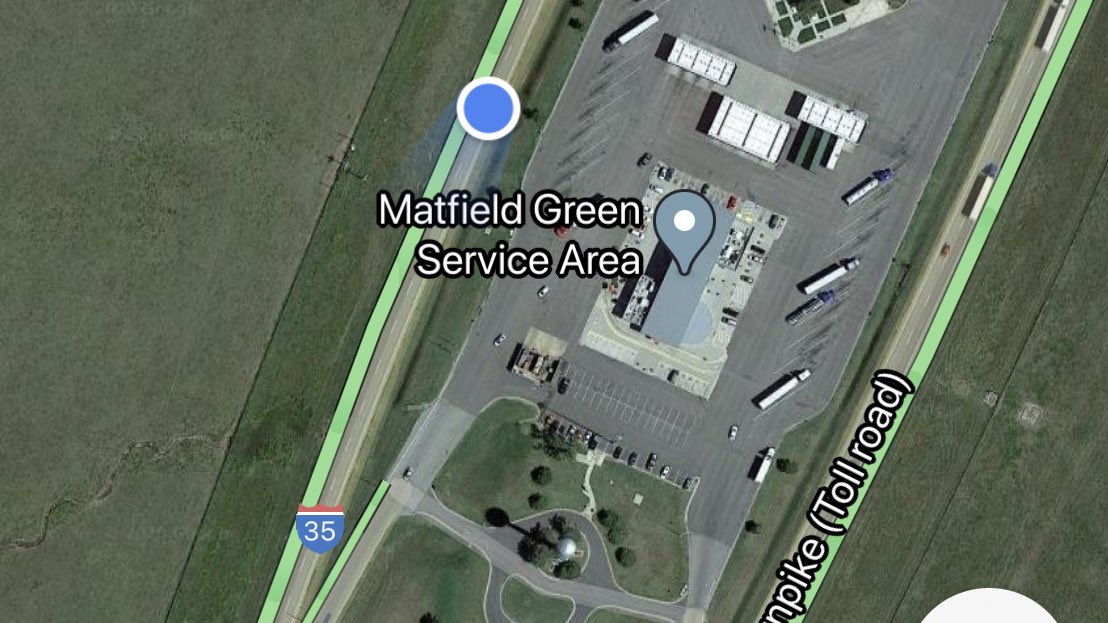On I-35 deep in rural Kansas is a memorial to a little-known #AviationHistory event which forever changed the industry. @JillianMarisa is driving and I’m bored. So sit back for an #AvGeek story and brief refuge from the news…
On March 31, 1910 a Fokker F-10 operated by Transcontinental & Western Air (later just known as TWA) bound for Los Angeles departed what is now @FlyMKC…
On board were eight souls including Knute Rockne, Notre Dame’s legendary football coach. Near this rest stop the Fokker suffered a catastrophic structural failure. Everyone perished.
Back then it was common for planes to be made of wood and doped fabric. The resulting investigation discovered that over time moisture had gotten into the wing. This caused the glue holding the wing to the body to weaken eventually leading to separation.
The dramatic loss of the plane and passing of a prominent coach was a huge turning point for the fledgling industry. Folks had little faith in flying as it was, and this didn’t help.
KC lore (I’ve been unable to confirm) says all of the wooden planes at @FlyMKC were pushed into to a field and set ablaze. There’s a Smithsonian-preserved canvas side section from an F-10 at an aviation museum there…
Anyway, the shift from wood and canvas planes ushered in the era of metal ones. The Ford TriMotor comes to mind. Nicknamed the “tin goose” in part because of the novelty of it being metal.
By the way. The @EAA has two Ford TriMotors and last I knew, one is still being flown. Pretty cool #AvGeek experience. But yeah, if you’re on I-35 in Kansas, put the memorial on your #AvGeekToDoList.
Thanks for coming to my Twitter ramble.
EDIT: 1931. Yay distracted tweeting!

 Read on Twitter
Read on Twitter


